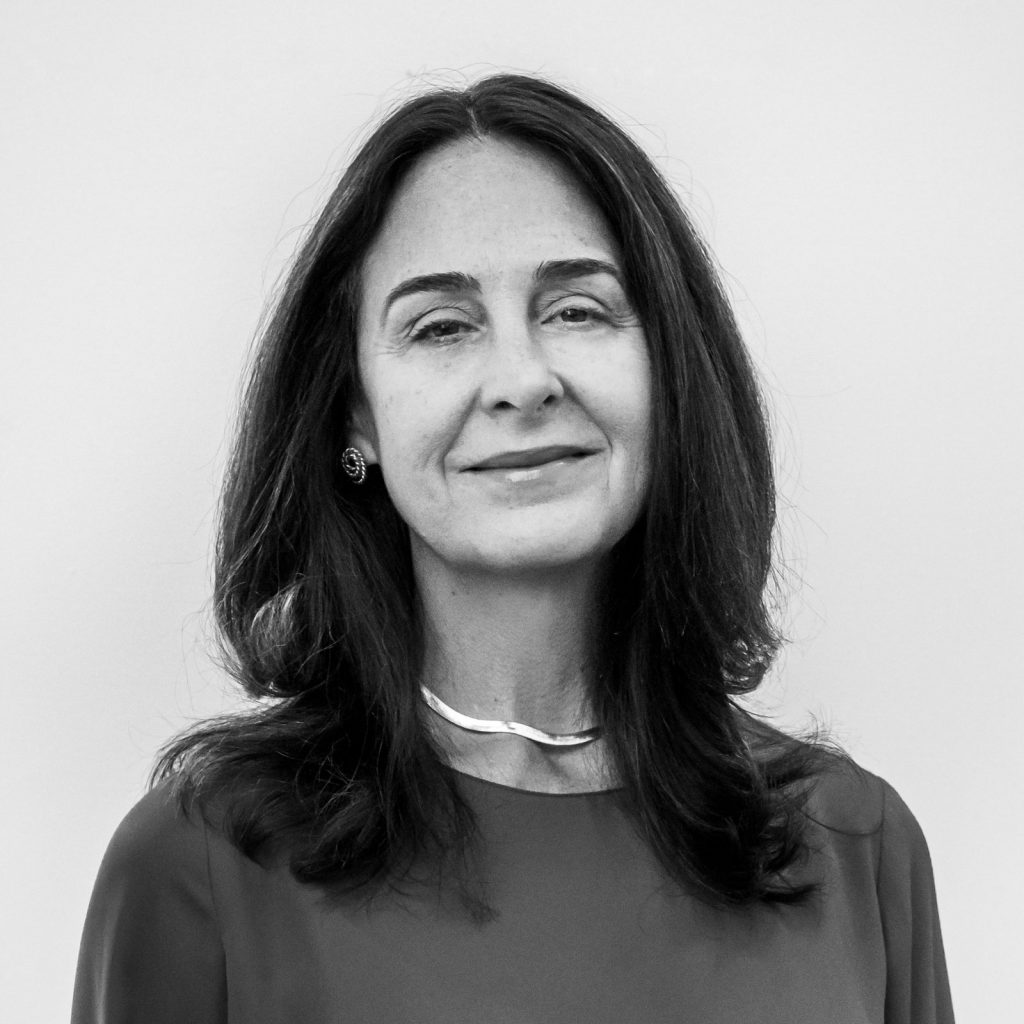Henry Little, Director of Art Advisory, has contributed to Phaidon’s latest book, PRIME: Art’s Next Generation. With ultra-contemporary artists breaking onto the scene with unprecedented force, PRIME is a timely survey of over 100 innovative artists working across the globe.
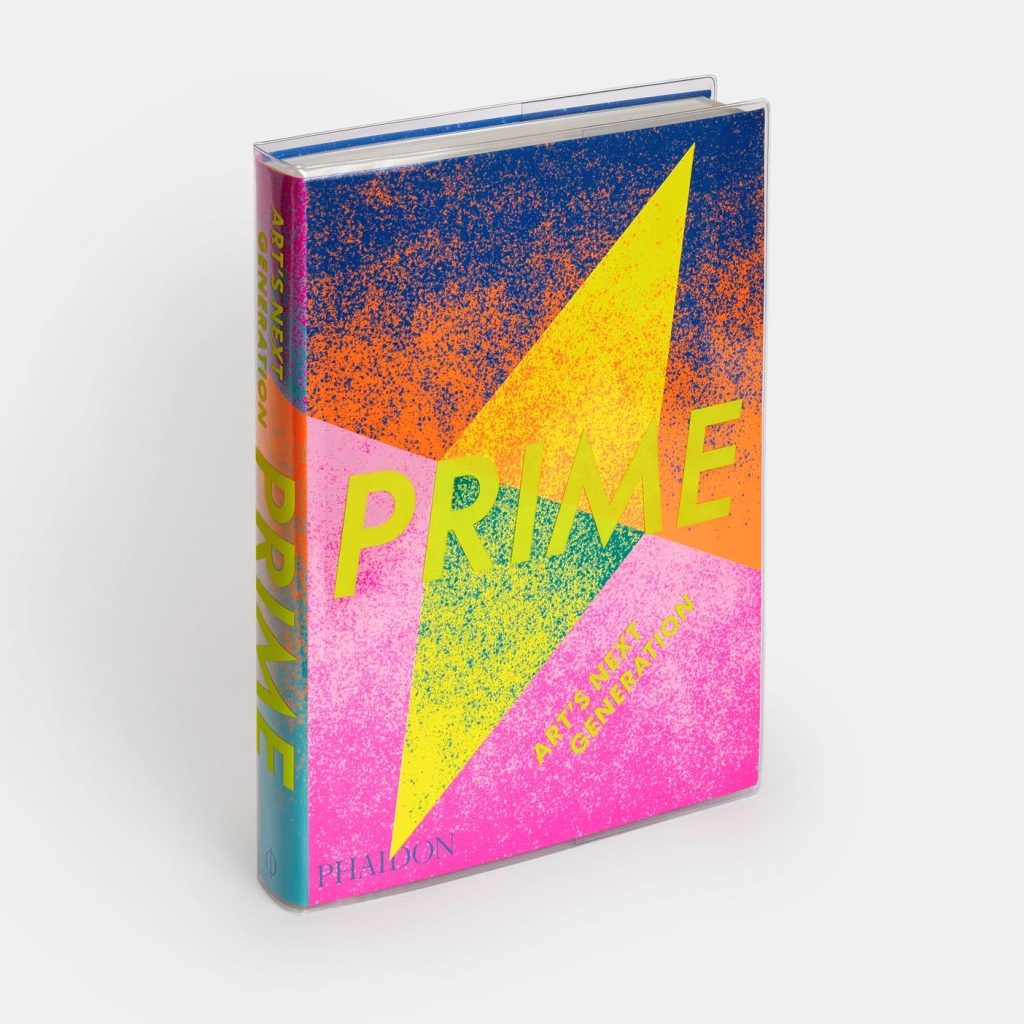
Henry had the honor of nominating several of these artists as well as providing texts for Harold Ancat, Rachel Maclean, and Loie Hollowell.
Congratulations to Henry for being part of an amazing and insightful book!
Available now from Phaidon and other good book stores.
FURTHER READING
- The Asking Price: Understanding Value 1
- Henry Little: The State of the Art Market at Themerode
- Great Women Artists
Art and collectibles are an alternative asset class that has garnered a lot of interest in recent years. Uncorrelated to the stock market, these investments are attractive to those looking to hedge against crashes and volatility. They’re also more personal than stocks and easier to get passionate about—especially when they’re posting record-breaking returns.
If you were unable to attend our latest roundtable event you may now watch the recording below.
TOPICS DISCUSSED
- Using collections as a diversification tool
- Providing liquidity & cash flow by leveraging collections
- Identifying emerging artists and underrepresented artists
FURTHER READING
- Watch TFG’s New York Luxury Week 2023 Webinar
- Watch How to Utilize Your Collections as a Hedge Against Inflation
- Watch The Educated Eye: How to Navigate a Multi-Category Collection at Auction
Header image credit: Kehinde Wiley, Prince Albert, Prince Consort of Queen Victoria, 2013, courtesy of the Hedy Fischer and Randy Shull art collection
Reflecting on current circumstances, the underlying resilience and adaptability of the occasionally archaic art market has surprised even the most ebullient optimists. Twelve months ago, stringent and interminable lockdowns were in force across the majority of art market centers. Mass vaccine rollouts still lay in the future, museum collections were gathering dust, and most of us had not yet heard of an NFT.
What a difference a year makes. At times the rate of change has felt dizzying. In the same way many of us participated in the pandemic as armchair epidemiologists, the art world at large has become au fait with non-fungible-tokens in their plurality at pace, with widespread adoption across the auction, commercial gallery and museum sectors. Likewise, it seems as though every commercial player in the market ‘big and small’ has embraced digital channels as the primary means of reaching new and existing buyers. Entire swathes of the gallery sector have been busy replacing outdated retrograde websites with flashy new platforms offering e-commerce, video content, online viewing rooms and virtual exhibition tours.

While the digital realm inevitably came to define our collective experience of the market in 2021, art fairs, auctions and exhibitions have increasingly been held ‘IRL’ (in real life), with some semblance of pre-pandemic life emerging in a new guise from the nebulous ruins of the 2019 art market calendar. More than ever, the art market has found itself to be remarkably adaptable.
TEN ART MARKET PREDICTIONS FOR 2022
1. Global auction sales will fall below 2021 results by value.
2. Private sales at the major auction houses will surpass 2021 results.
3. A price correction will manifest in the ultra-contemporary auction category (artists born after 1974).
4. Los Angeles, Seoul and New York will see the largest number of new gallery spaces opening in 2022 (whether for new or existing businesses).
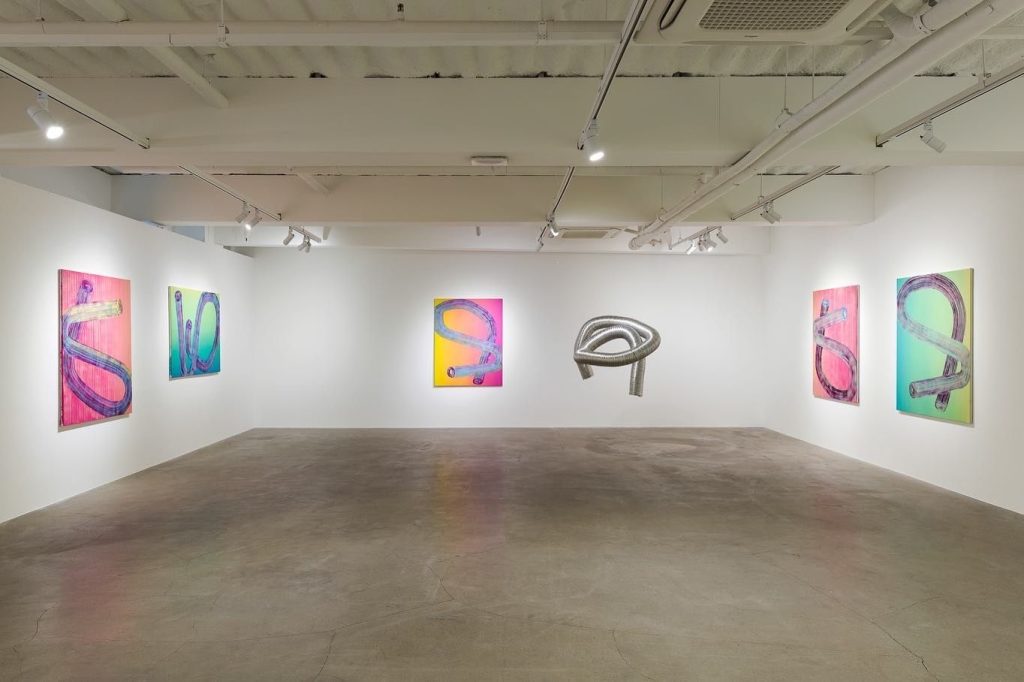
5. Significant disruption will continue in the art fair sector throughout 2022; we may hope and expect that 2023 will be the first full year of uninterrupted scheduling since the onset of the pandemic.
6. NFTs will remain prominent in top tier auction house sales, with major investment in standalone departments destined to take their place alongside the more established departments in terms of revenue, visibility and prestige.
7. NFTs will achieve comparable global auction sales at Christie’s, Sotheby’s and Phillips, without a single auction lot surpassing the result of Beeple’s EVERYDAYS: THE FIRST 5,000 DAYS (2021).
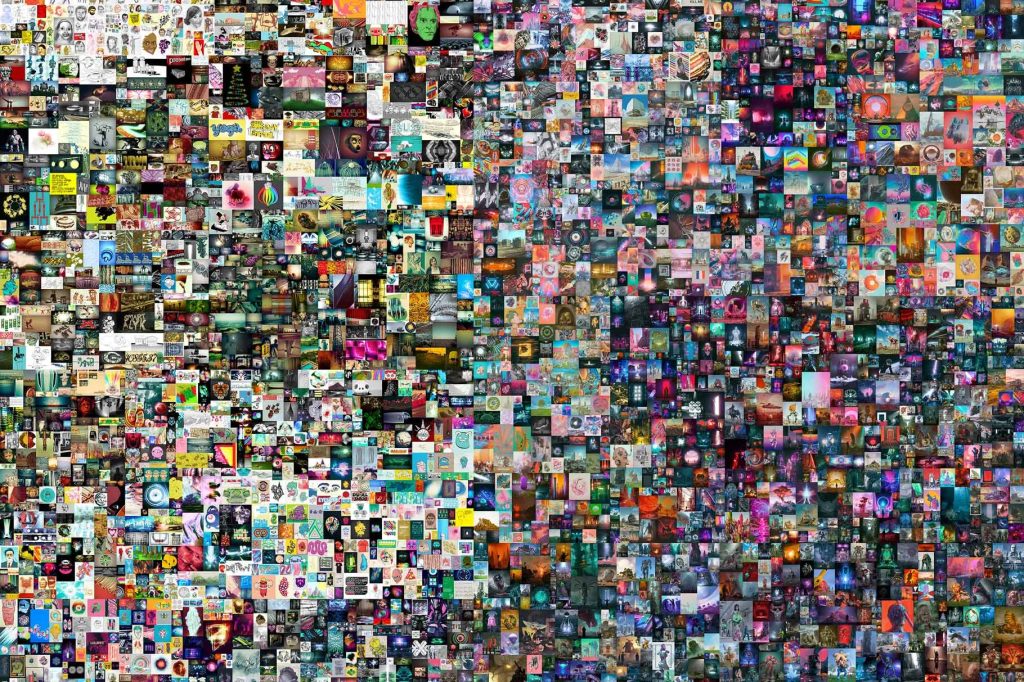
8. Professionals from the traditional fine art market, especially auction houses, will migrate to dedicated NFT businesses.
9. Several high profile NFT start-ups in the fine art market will close as quickly as they opened.
10. One digitally native NFT company will open a permanent physical presence in a major art market hub before the end of the year, aiming to provide some of the experiential, real world trappings of the traditional fine art business.
Image 2: Courtesy of KÖNIG SEOUL; Image 3: Courtesy of Christie’s
“The proportion of Russian (art) buying has diminished since most so-called oligarchs made their collections between 2000 and 2015.”
Senior Director Guy Jennings speaks to Melanie Gerlis at The Financial Times to discuss the impact of the UK government’s decision to ban art exports to Russia on the current art market.
To read the article in full please click here or read on The Financial Times.
The Fine Art Group is pleased to announce Senior Appraiser and Advisor Kimberly Hong is now overseeing their expansion into Denver, Colorado, and the mountain region.
Denver is one of the fastest growing cities in America, increasing its population by over 20% in the last decade. Its beauty is attracting high-net-worth families seeking exceptional quality of life for both primary and secondary residences. As an independent, global team of art advisors and art finance experts, this expansion allows The Fine Art Group’s experienced team to continue guiding clients through all collector markets and our five core services:
Advisory, Art Finance, Sales Agency, Investment & Appraisals
Kimberly Hong will serve as Regional Representative providing access to our experienced team of appraisers and advisors who maintain the highest levels of accessibility, transparency and trust for clients located in Colorado, Idaho, Montana, New Mexico, Utah, and Wyoming.
Founded over 20 years ago, The Fine Art Group has established an unrivaled track record across the art ecosystem. From first acquisitions and building collections, through to appraisals and art financing, we offer clients an experienced and skillful hand – helping to navigate the opacities of the market.
Kimberly Hong is a Senior Appraiser and Advisor for The Fine Art Group. Prior to working in the field of appraisals, she worked in the auction industry as Director of Consignments at Ahlers & Ogletree Auction Gallery in Atlanta, Georgia and as a cataloguer at Jackson’s International Auctioneers and Appraisers in Cedar Falls, Iowa. Kim holds a B.A. in Art History and Communication from Saint Louis University. Hong earned her M.A. in Art History from the University of Oregon. Kimberly is a member of the International Society of Appraisers and serves on their Antiques, Furnishings, and Decorative Arts Committee. She recently earned an Applied Jewelry Professional diploma from the Gemological Institute of America.
The year is off to a busy start as clients seek to release liquidity from their collectible assets with loans from The Fine Art Group. Our flexible and bespoke financing structures, as well as our unrivalled speed of execution, has drawn an increasing number of clients to utilize our financing products, particularly as confidence continues to return to the art market in 2022.
Following is a snapshot of three loans recently funded by The Fine Art Group. Each client came to us with specific financing requirements and we were able to execute each loan efficiently and to the client’s satisfaction:
PURCHASE FINANCING TO AN ESTABLISHED US COLLECTOR
Loan amount: $3 million against 2 Contemporary artworks
- The collector was the winning bidder on 2 artworks at a recent NY evening auction
- The Fine Art Group provided a loan of 50% of the purchase price of the pieces, funding the loan directly to the auction house
- The loan was funded in 3 weeks from the initial enquiry
FINANCING TO A RENOWNED BLUE-CHIP GALLERY
Loan amount: $6 million against 3 Post-War paintings
- The gallery requested a loan to provide additional working capital, supplementing their traditional bank credit lines
- A bespoke loan provided the gallery with the ability to change or add collateral in the future, allowing crucial flexibility, with the collateral held in London and New York.
IMMEDIATE LIQUIDITY USING JEWELRY AS COLLATERAL
Loan amount: $4.5 million against an important jewelry collection
- Th Fine Art Group provided a loan against 9 pieces of jewelry, including a significant diamond, vintage Cartier pieces and a magnificent sapphire and diamond necklace, held in Geneva
- The loan funds were needed for an investment opportunity that required swift action. The Fine Art Group was able to act quickly, providing financing in 2 weeks from the initial enquiry
FURTHER READING
- Freya Stewart Speaks with Artnet News about Art-Backed Loans
- Freya Stewart Quoted in The Art Newspaper about the Rise of Art-Backed Loans
- Artnet Art-Secured Lending Brokerage Program
“That insane market we started to see already in November, a lot of it was a preparation for an increase in inflation, knowing it was coming, preparing for it,” said Anita Heriot, the Fine Art Group’s president of the Americas, referring to the bellwether New York auctions. “People have a lot of liquidity and they need to put it into hard assets.”
Artnet’s Katya Kazakina speaks with Anita Heriot about inflation’s impact on the current art market.
Read the full article here.
“The focus is very much on the best of the best. Clients want the best blue diamond, the best wristwatch, the best impressionist picture, but the second rate is of no interest.” It isn’t, Hoffman says, “a case of digging deep into a particular artist. It’s more about having a well-known and ostentatious collection.”
Bloomberg’s James Tarmy gained valued insight from The Fine Art Group’s Philip Hoffman about the appetite for collecting in Asia.
To read the full article please click here.
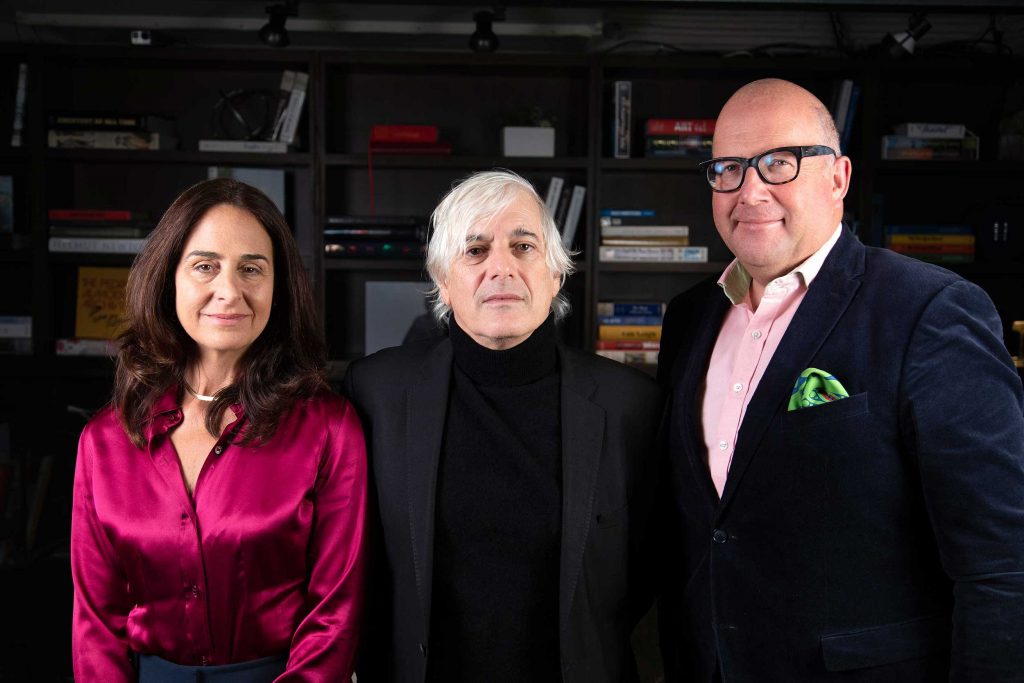
Josh Baer of the Baer Faxt + sat down with Philip Hoffman, Founder and CEO of The Fine Art Group, and Anita Heriot, President of The Fine Art Group Americas, to discuss what makes the company unique.
Philip and Anita explain that what initially started, over 20 years ago, as a fund has grown to include five different verticals, allowing The Fine Art Group to provide unmatched services in the art industry.
Hoffman and Heriot speak broadly about the different aspects of the company and highlight specific projects they are currently working on.
See the below video to watch the interview.
Josh Baer sits down with Philip Hoffman, Founder and CEO of the Fine Art Group, and Anita Heriot, President of The Fine Art Group Americas, to discuss what makes their company unique. What initially started as a fund over twenty years ago has grown to include five different verticals allowing The Group to provide unmatched services in the art industry. From speaking broadly about the different aspects of the company to highlighting specific projects they are currently working on, check out the video to learn about working with The Fine Art Group.
FURTHER READING
- The Financial Times Recognizes Philip Hoffman & The Fine Art Group
- Philip Hoffman Quoted in Artnet News About the Sotheby’s Mo Ostin Collection and Modern Evening Auction Results
- Anita Heriot & Tiger21: Collecting Art as a Family
The New York November 2021 auctions saw a staggering $2.3 billion in sales, across two weeks of seven Evening sales and five Day sales, in a triumphant return to market heights not seen since before the pandemic.
Both Christie’s and Sotheby’s offerings were boosted by major single owner sales, The Cox Collection and The Macklowe Collection. Both sales were entirely guaranteed, and indeed irrevocable bids were omnipresent throughout all auctions, accounting for eighty-three percent of the total value of the evening sales, with reportedly stiff competition by third parties to buy out the house guarantees ahead of the sales. Taiwanese collector Pierre Chen, the seller of Peter Doig’s Swamped which set a new record for the artist at Christie’s, was supposedly a major backer of several of the top Macklowe lots, including the Rothko, De Kooning and Richter.
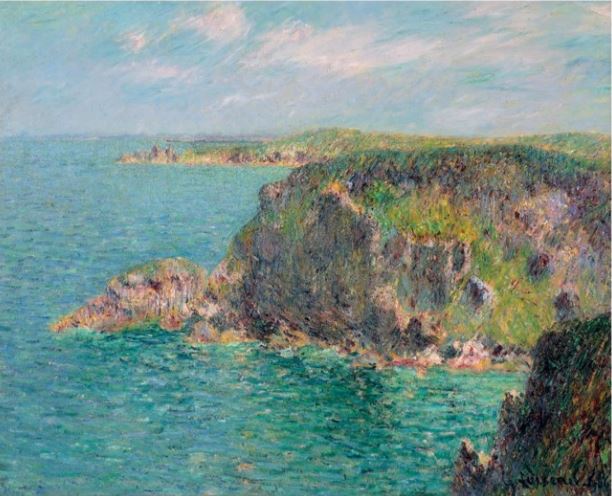
Christie’s, perhaps anticipating potential fatigue from the magnitude of the Macklowe Collection, opted to hold their sales a week earlier. Following their extraordinary results, it appears the strategy paid off. The Cox Collection, a group of twenty-five Impressionist and Post-Impressionist pictures from Texan collector Edwin Lochridge Cox, was a hundred percent sold with their sale total more than doubling the high end of the pre-sale estimate. Bidding was extraordinarily competitive on nearly every work, spanning customers in the room, online, and via specialists in Hong Kong and London. The sale ultimately proved incredibly important in restoring some much-needed confidence to the Impressionist and Modern market. Moreover, the success of low value lots that would traditionally be placed in a day sale, such as those by Gustave Loiseau, spoke to the benefits of marketing objects as part of a single owner sale.
The Macklowe Collection, by contrast, consisted of thirty-five major Post-War and Contemporary works brought about by court order, as part of a bitter divorce between real-estate developer Harry Macklowe and his museum trustee ex-wife Linda. The remainder of the collection will be offered in May but the results of the first half were incredibly strong. The white glove sale, far exceeding the presale low estimate, totalled $676 million (premium) and was the highest total for a single collection in Sotheby’s history. The auction saw new records for Jackson Pollock and Agnes Martin, as well as the result for the highest priced artwork of the November sales. Rothko’s No. 7 (1951), sold for $82.5 million (premium) to an Asian client, the second highest price for the artist at auction. Vincent van Gogh’s, Cabanes de bois parmi les oliviers et cyprès (1889), from the Cox collection, was the second highest price paid over the two weeks, at $71.4 million (premium).
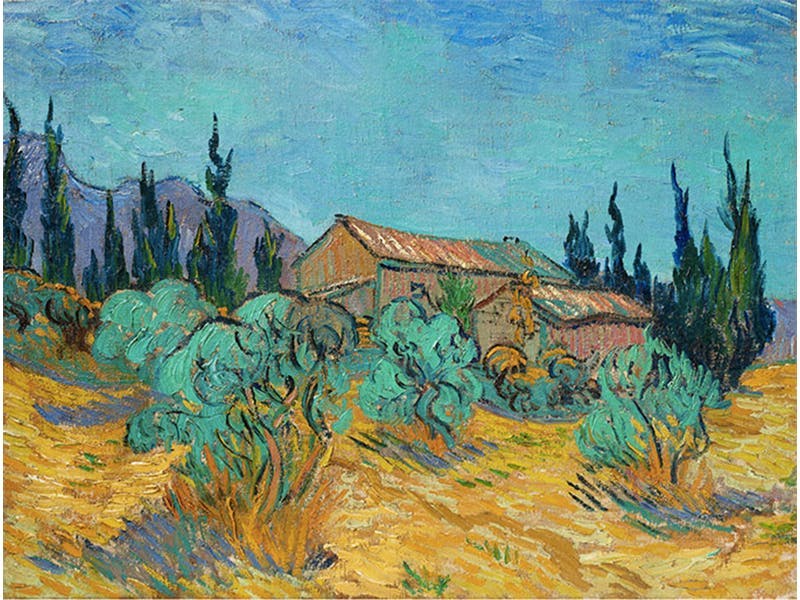
Another key headline from the Macklowe sale was the unexpected buyer of Giacometti’s Le Nez, unveiled as Justin Sun, the Chinese-born, thirty-one-year-old tech billionaire behind Web3 infrastructure company TRON. He plans to donate the sculpture (and two other recent auction acquisitions) to his APENFT Foundation, where it will be tokenized on the blockchain.
Cryptocurrencies and NFTs continued to be a major presence in this round of sales. The NFT recording setting artist Beeple (in a move not seen since Damien Hirst’s primary market sale with Sotheby’s in 2008), created HUMAN ONE specifically for Christie’s, the artist’s first physical artwork (accompanied by a NFT). Christie’s paid the artist a house guarantee for the right to consign the work. Nearly doubling its $15 million estimate, the work sold for $29 million (premium) to crypto Swiss financier Ryan Zurrer.
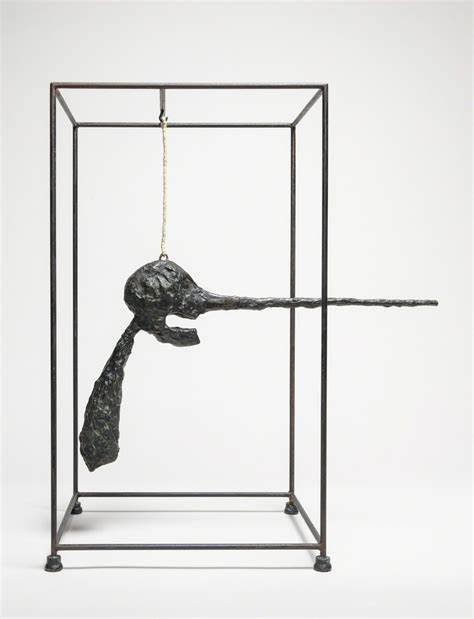
As part of the ever-shifting sales categories, Sotheby’s offered an additional evening sale entitled ‘The Now’ which focussed on art executed in the last twenty years. This sale marked the first time the auction house accepted bids in cryptocurrency for a live auction, with auctioneer Oliver Barker, navigating between bids in the millions of U.S. dollars (USD) and in thousands of Ether (ETH). That sale saw eleven records for primarily ‘wet paintings’ by artists including Lisa Brice, Maria Nerrio, Toyin Ojih Odutola, Hernan Bas, Stanley Whitney, Christina Quarles, Jordan Casteel, and Lukas Duwenhögger. The feel of ‘The Now’ sale was very much in brand alignment with Phillips who have traditionally shown strength in this area, with Sotheby’s clearly looking to compete for further market share in a category proving increasingly lucrative.
The Phillips evening sale, with similarly hot ultra-contemporary works which have come to define their auctions, saw consistent bidding wars, affording the house their highest evening sale total ever at $139 million (premium). It was perhaps this sale which most accurately encapsulated the character of the art market over the last six months: frothy bidding for young figurative painters and more muted demand for the traditional auction stalwarts. Shara Hughes broke her previous auction record of $1.2 million, made just last month in London, with the sale of Inside Outside (2018) for $1.5 million (premium). Other records were made for Jadé Fadojutimi and Ewa Juszkiewicz. With the only two unsold lots by Willem de Kooning and Wassily Kandinsky. The underwhelming result for their top lot, a Francis Bacon which hammered at $33 million on a single bid, below its $35 million low estimate, appeared to further illustrate the divide.
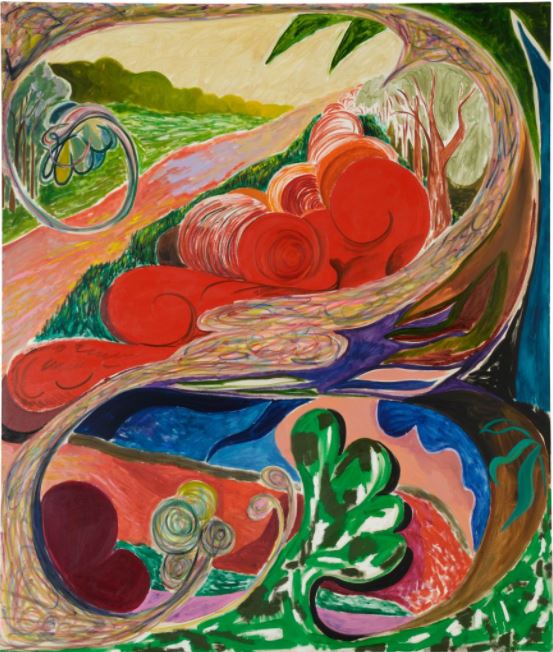
Other disappointments during the sales included Basquiat’s Made in Japan II which went unsold at Sotheby’s against an estimate of $12 – 18 million. Christie’s also offered a major Basquiat in their 21st Century evening sale: The Guilt of Gold Teeth sold on just one bid to the guarantor for $37 million hammer, below the low estimate of $40 million. Both signs that the Basquiat market is perhaps top heavy following several high-profile results. However, the successful results of the Macklowe and Cox sales served to highlight that the global market is not currently making a choice about genres, it’s simply becoming more selective about traditional artists and the price levels they typically command. When the best examples hit the auction block appetite remains strong, as illustrated by artist records outside the major single owner sales, with new top prices for Pierre Soulages and Frida Kahlo, both from Sotheby’s Modern Evening sale. In conclusion, the November sales marked a very strong end to a year that started off shaky, but these results were deservedly achieved for exceptionally strong material. Had it not been bolstered by two historic single owner collections the week would have likely felt calmer.
Image 1: Courtesy of Christie’s; Image 2: Courtesy of Sotheby’s; Image 3: Courtesy of Sotheby’s; Image 4: Courtesy of Phillips
